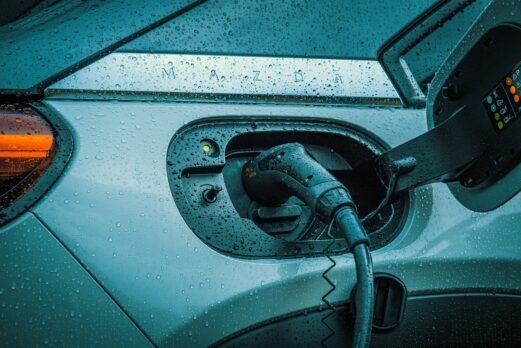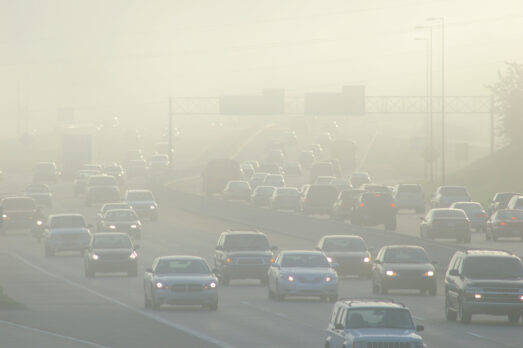
Every day you see more and more electric vehicles (EVs) on the road, with estimates that more than half of passenger cars sold in the US will be EVs by 2030. Electrifying transportation will require not just more EVs, but a robust and reliable charging infrastructure, upgrades to the electricity grid, and collaboration between utilities and consumers to balance the energy load.
How EV Drivers Can Strengthen the Grid
While experts believe that utilities will be able to generate enough electricity to power EVs, the bigger challenge will be local power distribution to homes and businesses. If several EVs in a neighborhood plug in to recharge during peak load times, the local electricity grid can become overloaded.
EV drivers can play a crucial role in grid resilience by when and how they charge their vehicles. By participating in demand response programs and agreeing to temporarily reduce their EV charging during peak times, EV owners can help alleviate strain on the grid, prevent power outages, and ensure a smoother transition to widespread EV use.
Smart charging solutions respond to signals from the electricity grid to pause charging when demand is high and resume when it drops. This not only helps balance the load on the grid, but it also opens up the possibility for EVs to serve as a battery on wheels, feeding power back into the grid during peak demand times, also known as vehicle-to-grid (V2G) technology.
Supporting Grid Resilience through Distributed Energy Resources (DERs)
To accommodate the rise in EVs, we need to make our power grid more flexible and resilient. This includes upgrading the infrastructure and increasing our capacity to generate and store renewable energy through more distributed energy resources (DERs), such as home solar panels and battery storage systems.
Integrating DERs into the grid creates a more robust, resilient power system. For instance, home solar panels can produce energy during the day, and any excess can be stored in home batteries (or even your EV) for use during peak hours. This reduces the demand on the grid, helps to balance power loads, and can also save homeowners money.
EV owners can also use their vehicle for energy storage. By charging their EVs during times of excess renewable energy generation, EV owners can store that energy in their vehicle’s battery and then use it to power their home or sell it back to the grid when demand is high.
Expanding EV Charging Infrastructure
Charging stations need to be as convenient and fast as gas stations for EVs to become practical for everyone. Currently EV charging stations are distributed unevenly between urban and rural areas and many charging stations are not reliable.
This can leads to “range anxiety,” where EV owners are concerned about the limited driving range of EVs due to insufficient charging infrastructure. And for people living in apartments and condominiums, charging can be a real challenge due to lack of dedicated parking spaces with charging facilities.
While the charging infrastructure is expanding rapidly with significant investments from both the public and private sector. There is also the issue of charging speed. While Level 2 chargers (which are the most common public chargers and can fully charge most EVs in 4-8 hours) are fine for home use, they may be less practical for long trips or for people who are in a hurry. Faster charging stations are being rolled out, but these are currently less common and more expensive to install and operate.
Collaboration between governments, car manufacturers, energy providers, and real estate developers will be key to developing this network. Industry is also stepping up to the challenge with solutions like charging-as-a-service for apartment buildings, or installing charging stations at workplaces and public facilities. Ford and Tesla recently announced a collaboration where all of Ford’s current and future electric vehicles will have access to about 12,000 Tesla Supercharger stations in the U.S. and Canada starting next spring.
As the adoption of EVs continues to rise, all stakeholders (utilities, policymakers and consumers) need to do our part to ensure success. We can all contribute to a resilient, sustainable grid, paving the way for the continued expansion of EVs and a cleaner, greener future.

The world is driving towards a new era of electric transportation. This is good news for fighting the climate crisis,…

July 2023 was the hottest month ever recorded with temperatures shattered around the globe. Hundreds of millions of people across…

Water scarcity has become an increasingly serious threat due to climate change, growing populations, and aging utility grids. Lack of…